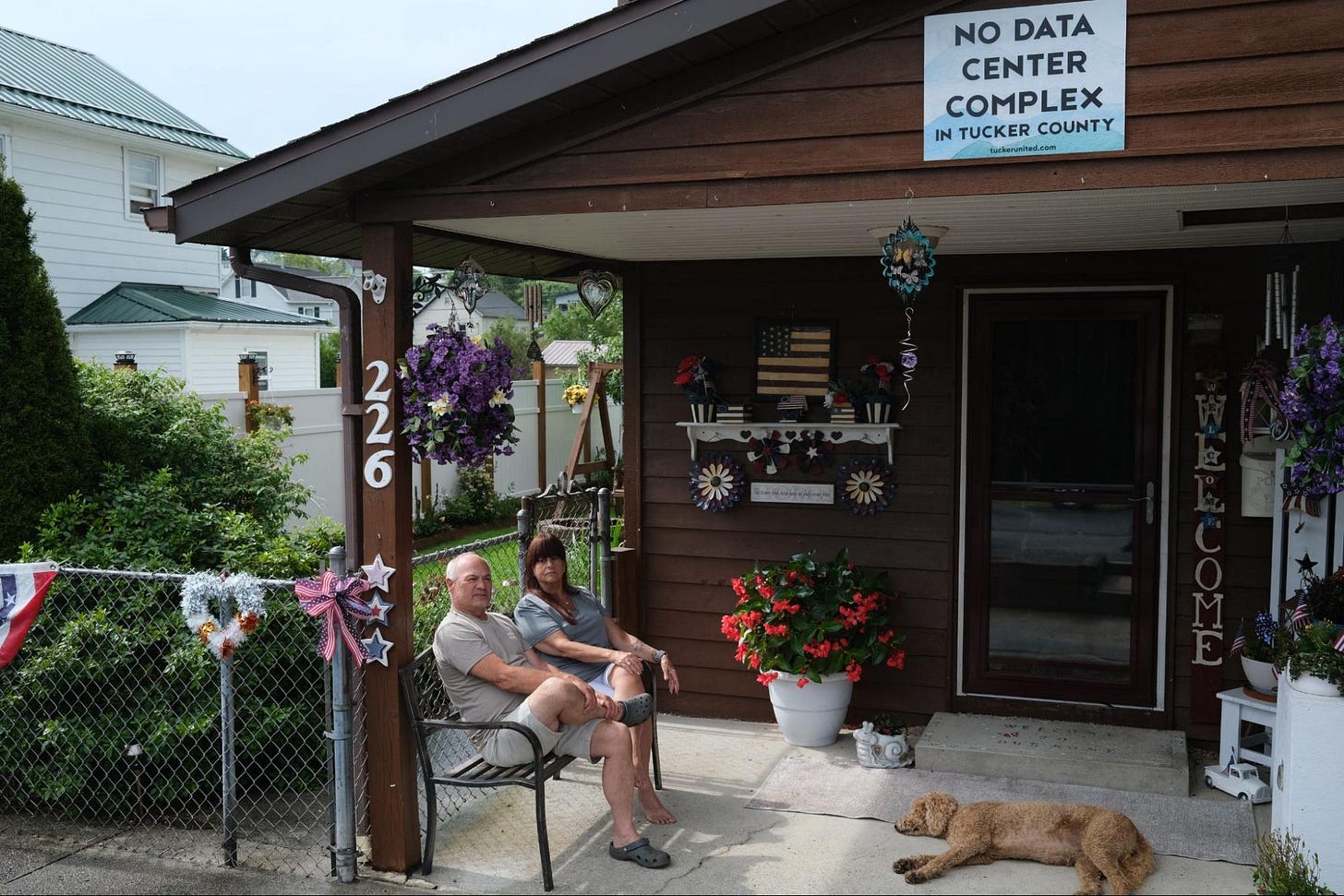Democrats And Republicans Find A Common Enemy In Your Backyard
These days, there isn’t much that unites Republicans and Democrats, conservatives and liberals.
Democrats And Republicans Find A Common Enemy In Your Backyard
These days, there isn’t much that unites Republicans and Democrats, conservatives and liberals. Both sides have such fundamentally different worldviews, and it feels like each group is living in two alternate countries. The reaction to President Donald Trump’s victory in 2024 and the culture battles that have raged for years have made the division even worse.
The one thing that might still unite Americans is their shared skepticism of D.C. politicians, who so often cater to lobbyists and special interest groups while turning their backs on the grassroots support that got them elected in the first place. However, there is another promising bipartisan issue that has emerged recently, thanks to America’s Artificial Intelligence boom. A common enemy — not a foreign country, or group of people — that could unite two sides that have never seemed more divided until now: massive, energy-sucking AI data centers. (Subscribe to MR. RIGHT, a free weekly newsletter about modern masculinity)
Although there is debate as to whether AI is a boom or a bubble doomed to burst, Wall Street and investors are betting on the former. That means companies are dumping money into the construction of new AI data centers, which house the computer hardware that stores and processes huge swaths of data. Data centers have been around in America for a long time, and are absolutely essential, as they allow us to send emails or complete online banking transactions. They are like the pillars of the internet, without which none of our online activity would be possible.
However, with the high demand for data centers comes a rippling effect of unintended consequences that affect communities where they are built.
Energy
The AI data center debate has yet to reach the federal level. But at the state level, it has cropped up time and time again, as data centers spring up around the country, particularly in the mid-Atlantic and Southeast areas. And one of the biggest flashpoints in these debates is the amount of energy it takes to power a data center, and how that burden will strain regional infrastructure and force utility companies to transfer costs down to consumers.



